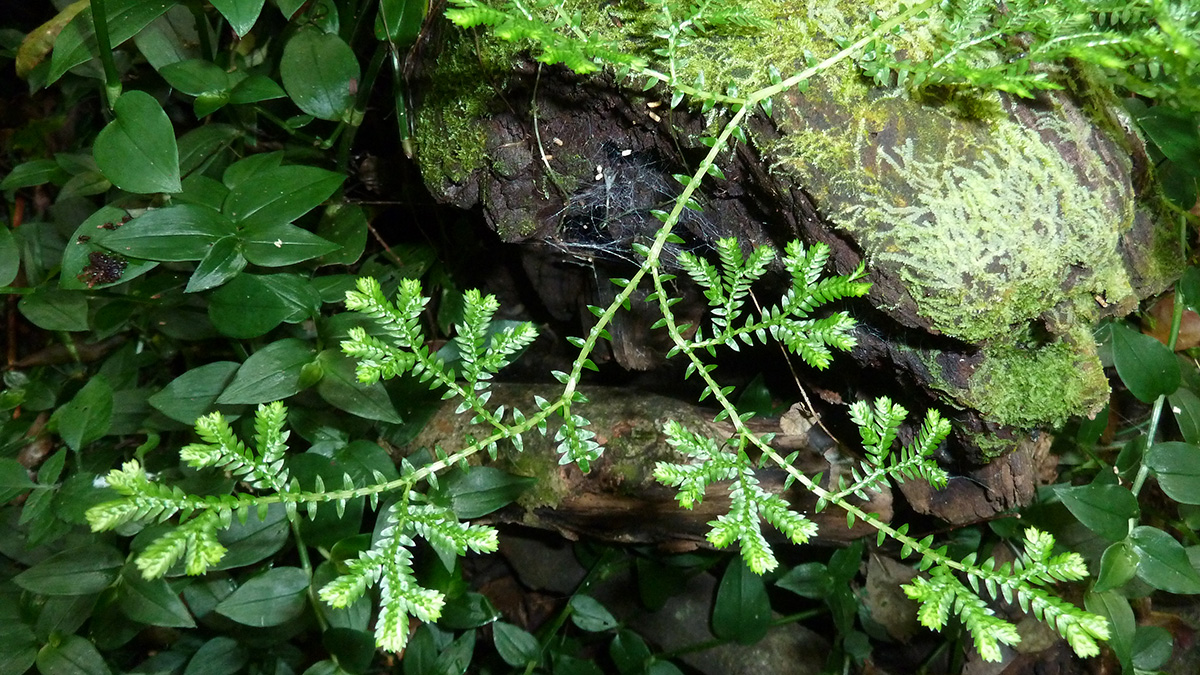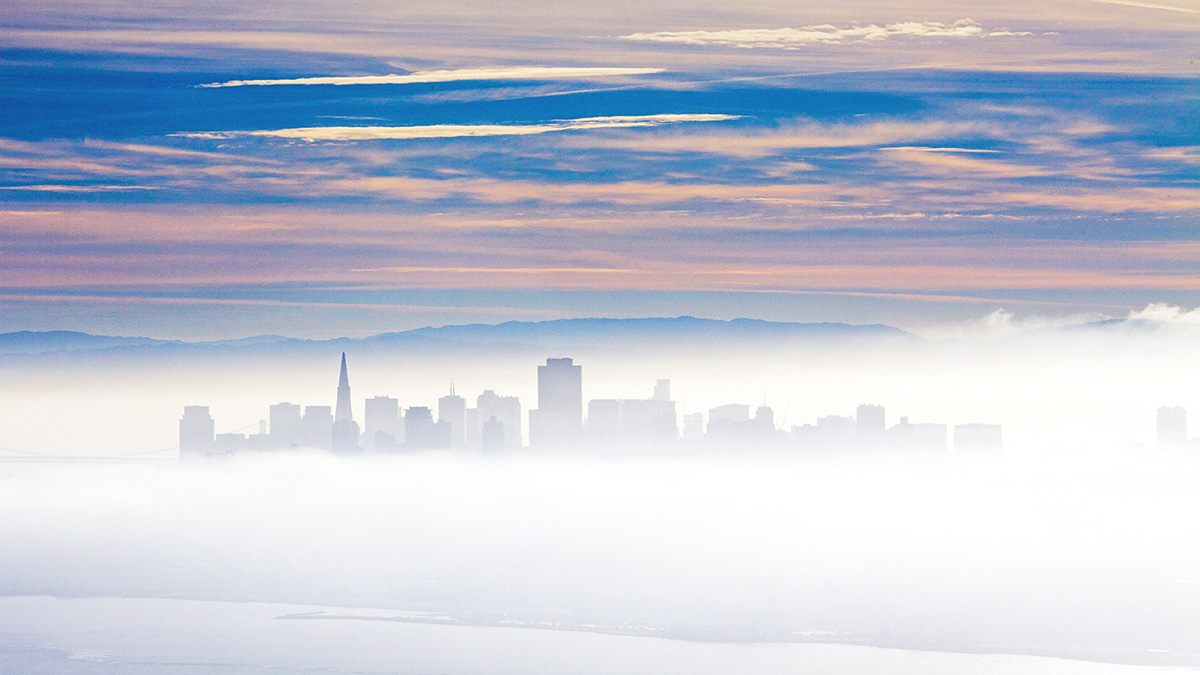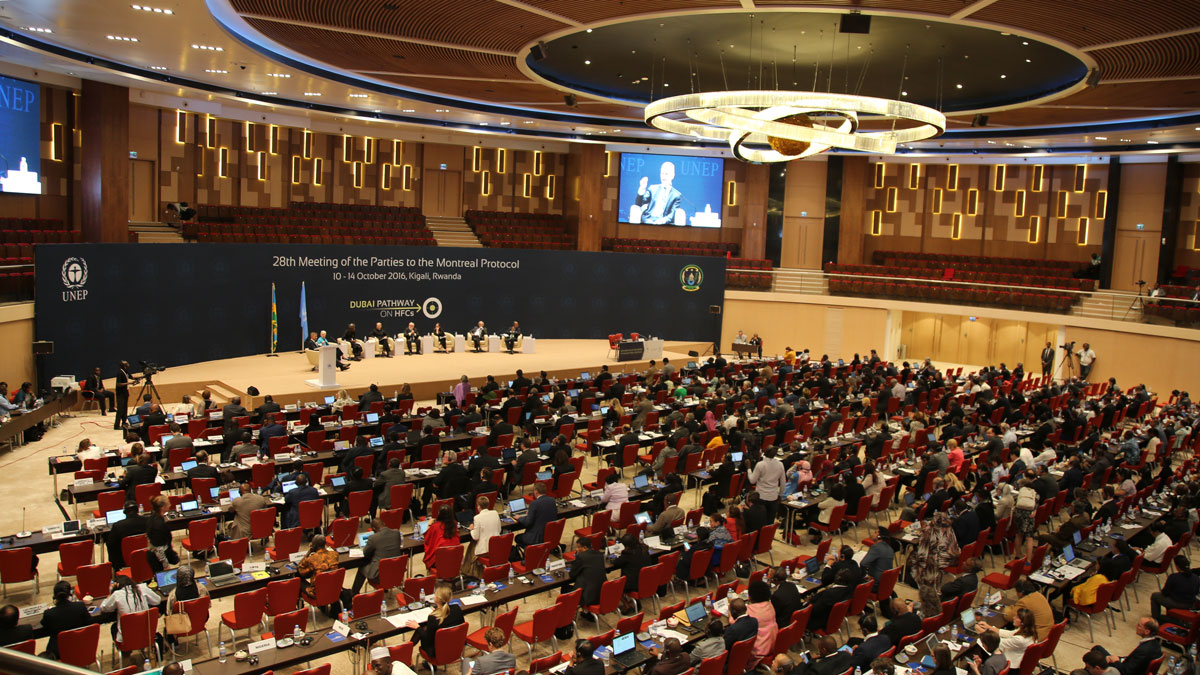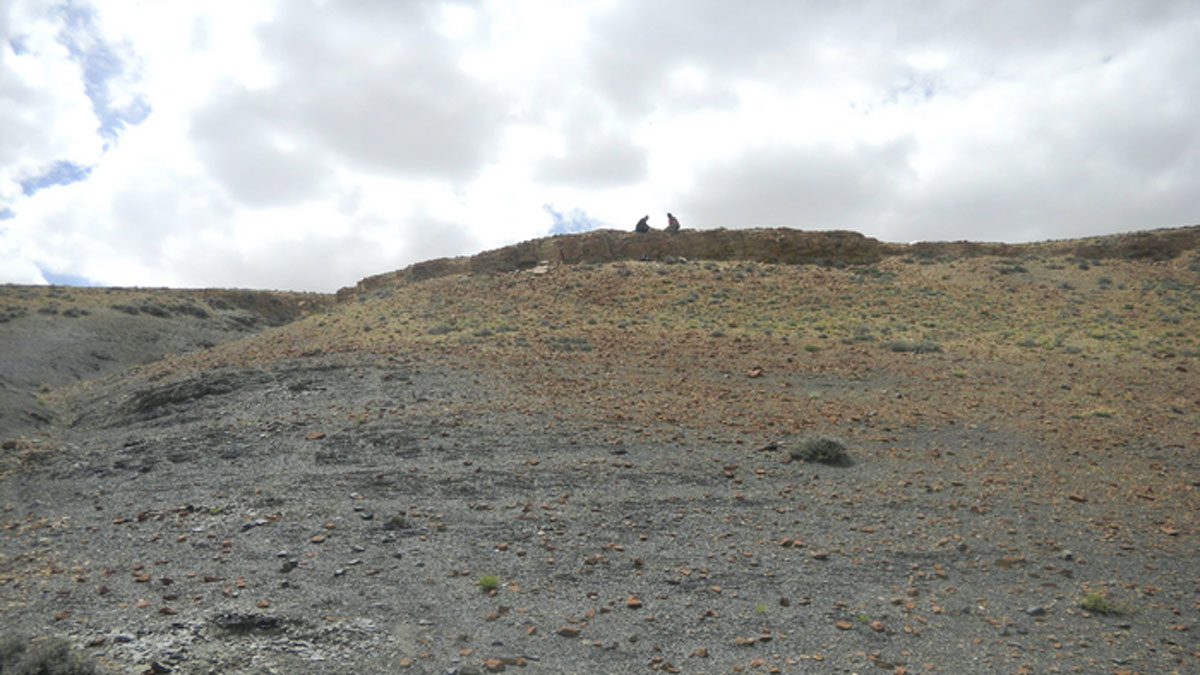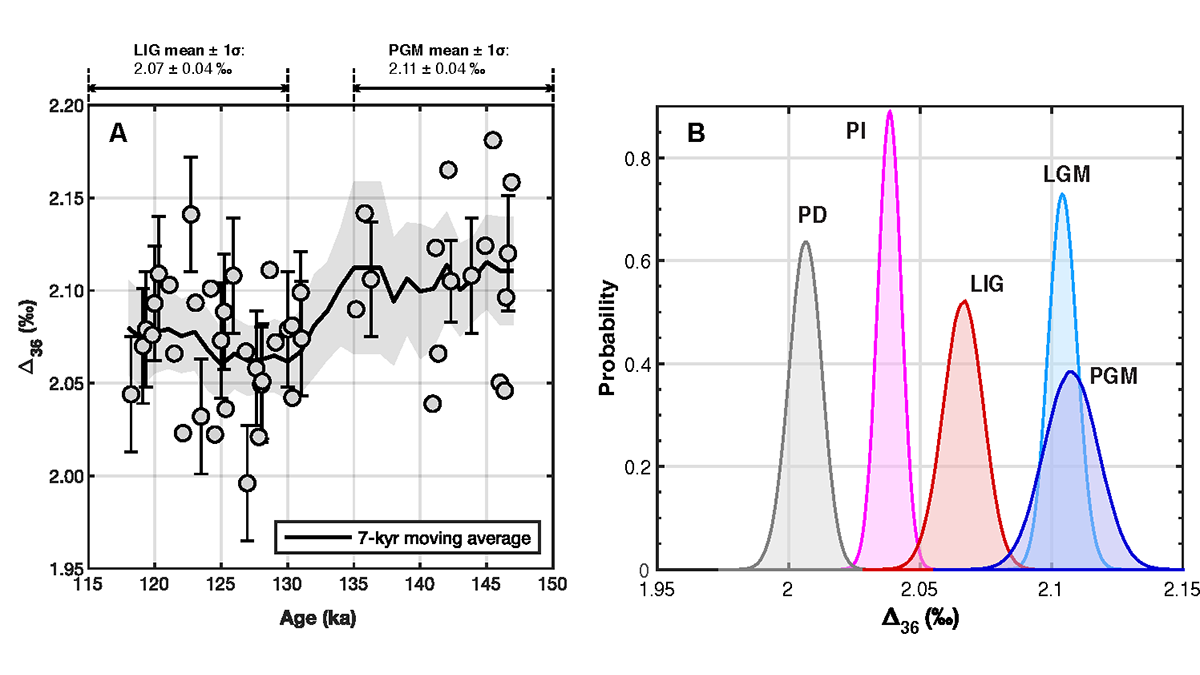Une nouvelle étude, la première dans son genre, suggère qu’il serait possible de recourir à une analyse isotopique pour localiser les sources et les puits de chlorométhane dans l’atmosphère.
ozone
Plants Leave Chemical Fingerprints on an Ozone-Depleting Gas
A first-of-its-kind study suggests that isotope analysis could be used to pinpoint sources and sinks of atmospheric methyl chloride.
الفوائد الصحية العالمية من تحقيق مرحلة صفر انبعاثات
إن خطط الحد من ظاهرة التغير المناخي ستقلل من تلوث الهواء وهو ما سيفضي إلى إنقاذ مئات آلاف الأرواح في العقود القادمة.
Wildfire Smoke Destroys Ozone
Smoke aerosols from large wildfires are the perfect reaction surface for chlorine chemicals, speeding their transformation from ozone-friendly forms to reactive ones.
“Revolutionary” Instrument to Watch North American Skies
TEMPO, scheduled for launch this April, will monitor ozone and other pollutants during hourly daytime scans, providing data for better air quality forecasts and atmospheric models.
Estableciendo el marco para la acción climática bajo el Protocolo de Montreal
Doce artículos fueron la base científica para la rápida acción que reforzó el tratado, el cual ya estaba salvaguardando el ozono estratosférico, para que también protegiera el clima al reducir los super contaminantes.
UV Radiation Contributed to Earth’s Biggest Mass Extinction
To find the first direct evidence of heightened UV radiation during the end-Permian mass extinction, researchers turned to chemical evidence preserved in pollen grains.
Clumped 18O –18O in Ice Reveals Past Ozone and Wildfire
Reactive gases like ozone are hard to preserve, but clumped isotopes and models provide clues to past ozone and suggest a global increase in wildfire at megafaunal extinction.
Setting the Stage for Climate Action Under the Montreal Protocol
Twelve papers formed the scientific basis for fast action to strengthen the treaty, which was already safeguarding stratospheric ozone, so it also protects the climate by reducing super pollutants.

